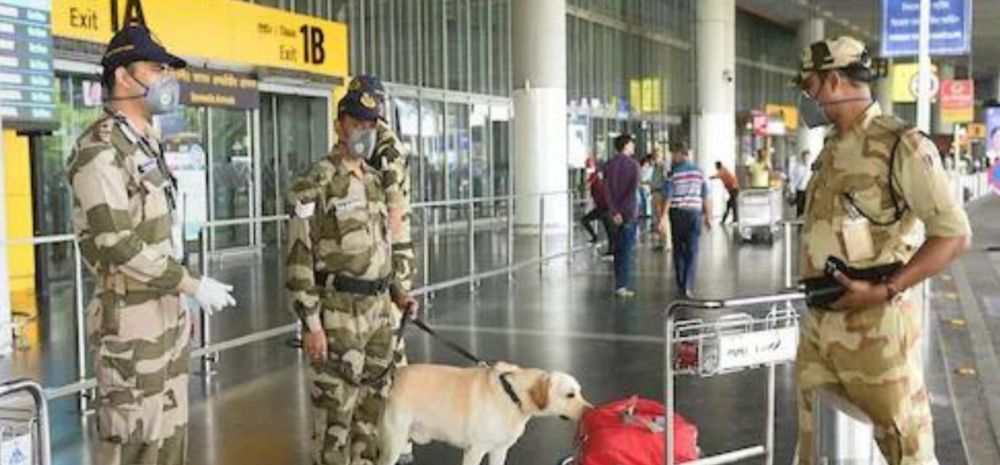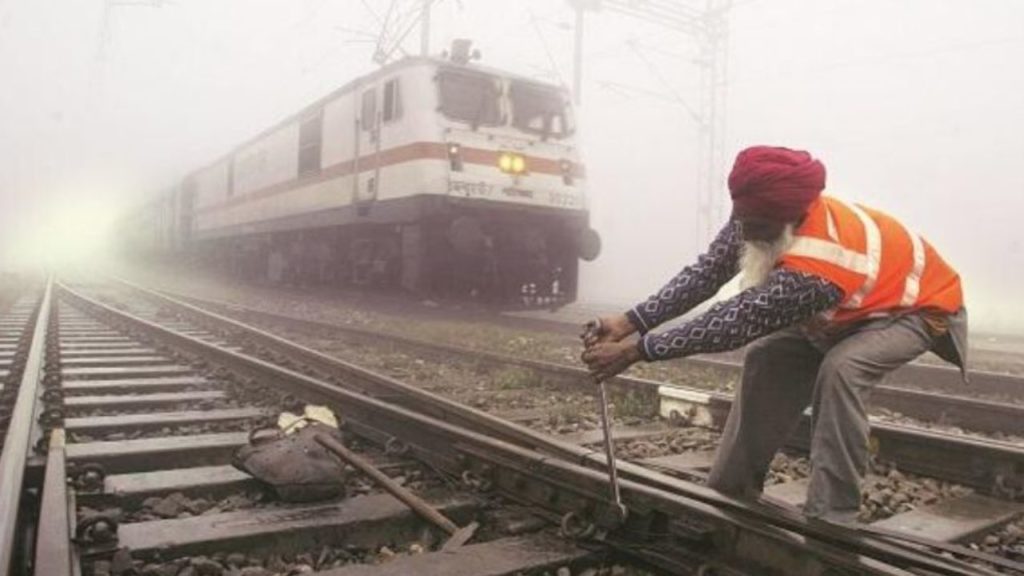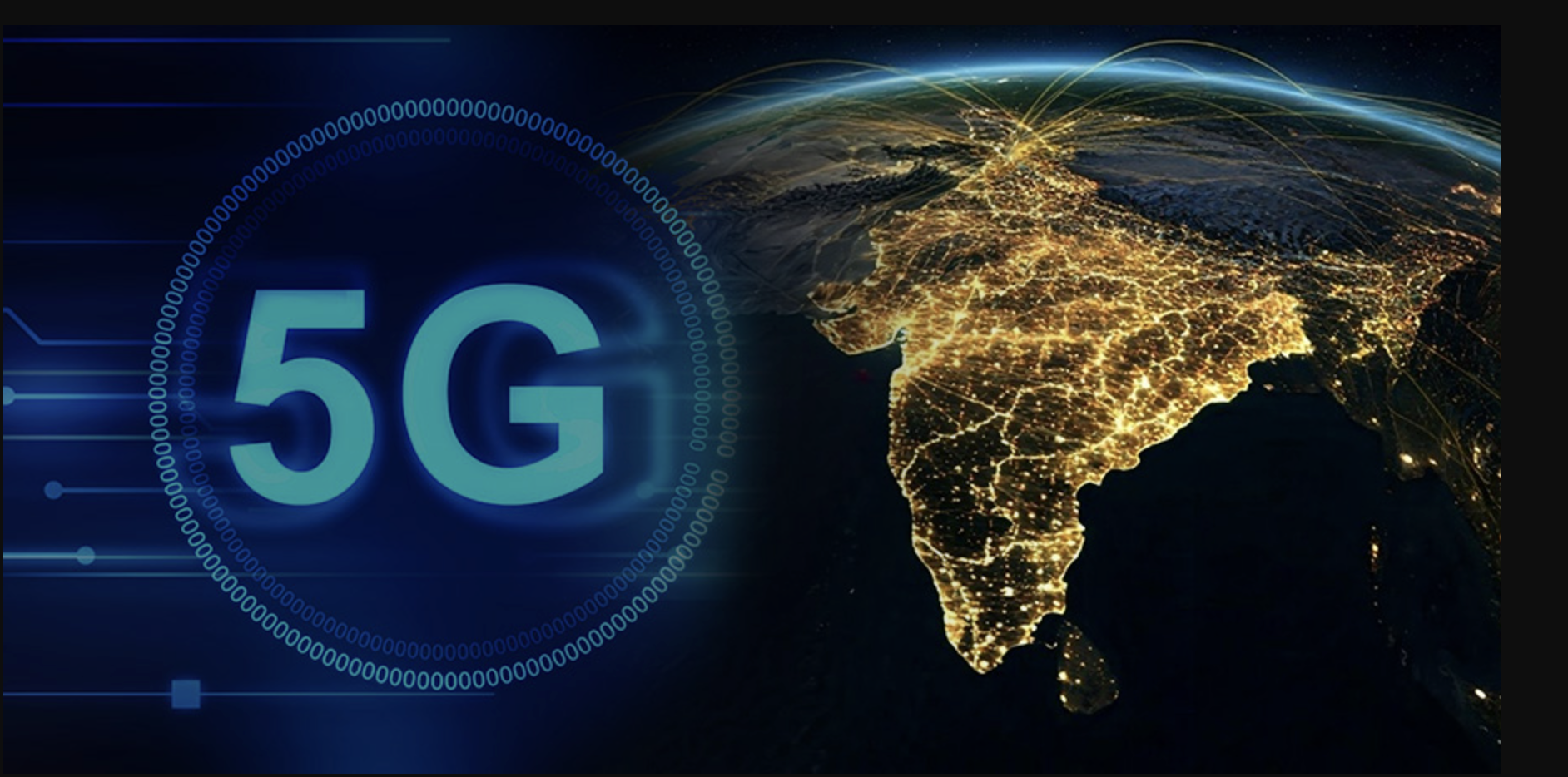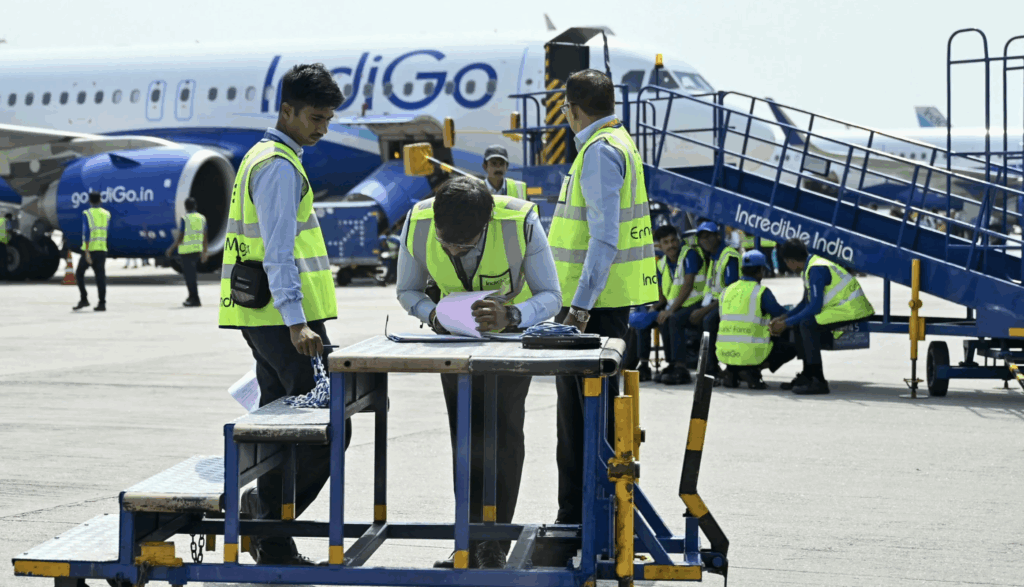Flight passengers will no longer be required to remove their electronic devices while getting their cabin baggage screened.

Latest reports have confirmed that airports will soon employ advanced technology to screen bags without having to remove electronic devices.
Airports To Use Technology For Screening Cabin Baggage
In India, the lengthy lines of passengers removing their laptops, cell phones, and chargers from their carry-on bags before security screenings may soon be a thing of the past.
The Bureau of Civil Aviation Security (BCAS), the agency in charge of overseeing aviation security, is anticipated to release technical norms within a month, which will encourage airports to use cutting-edge equipment to screen bags without removing electronic devices.
As per a senior official of the Central Industrial Security Force (CISF), “All airports, including Delhi airport, need to improve the machines deployed for screening of cabin bags. They are lagging behind. Technologies such as dual x-ray, computer tomography and neutron beam technology will eliminate the need for passengers to remove laptops and other electronic devices.”
Today, airports all over the nation are experiencing a record number of passengers, which has already surpassed pre-Covid levels. On December 11, there were 4.27 lakh domestic travelers.
Civil Aviation Minister Confirms Order of Providing More Machines
Security lanes were discovered to be the biggest congestion points at Delhi Airport, which recently experienced scenes of overcrowding resulting in passengers missing their flights. This was primarily because the number of x-ray machines for screening cabin bags was not commensurate with passenger traffic during peak hours.
Civil Aviation Minister Jyotiraditya Scindia intervened to order the airport operator to provide more machines for screening cabin bags after senior government officials accused airports of failing to expand their infrastructure to handle the increasing number of flights and passengers. Although the CISF supplies personnel, airport operators are responsible for providing the necessary security infrastructure.
Newer technologies, like computer tomography, produce 3-D images with higher resolution and better automated explosive detection than the conventional x-ray machines currently in use at airports.
A physical inspection of a bag is frequently required by CISF personnel, but they also have a low rate of false alarms. A higher throughput (or flow) of bags through the machine is the result of these factors.













